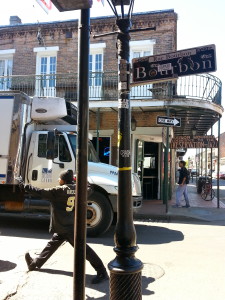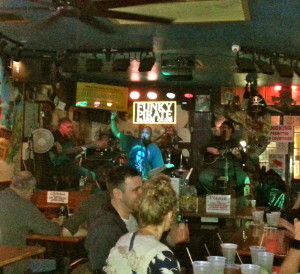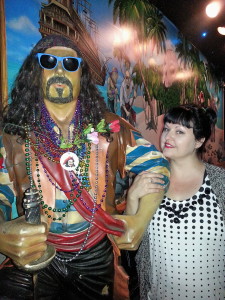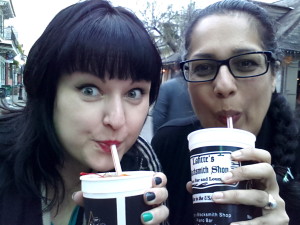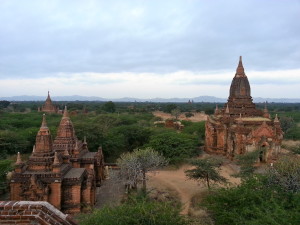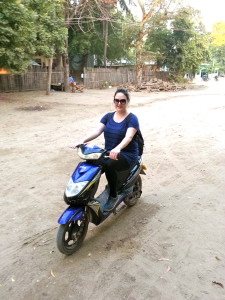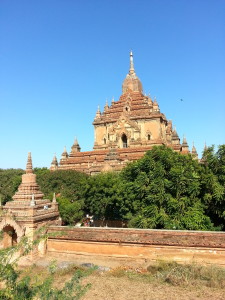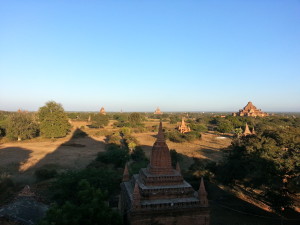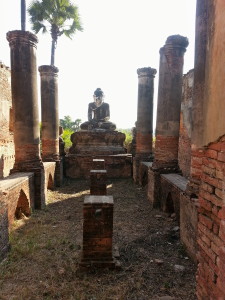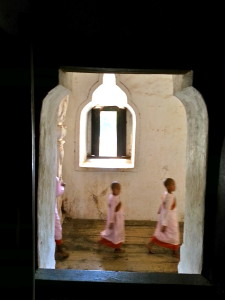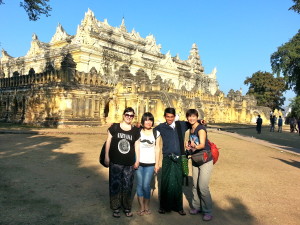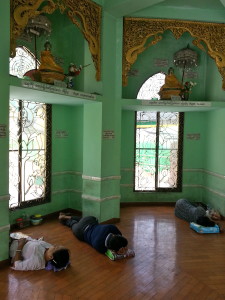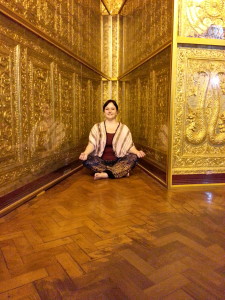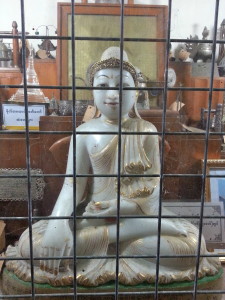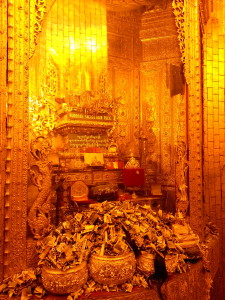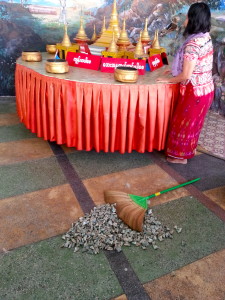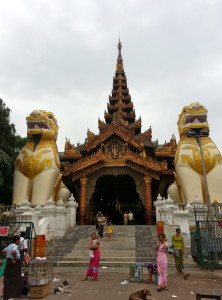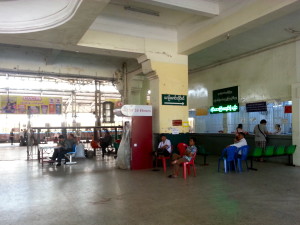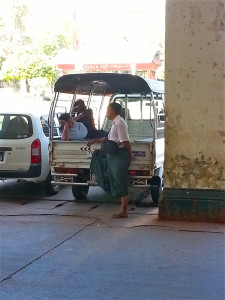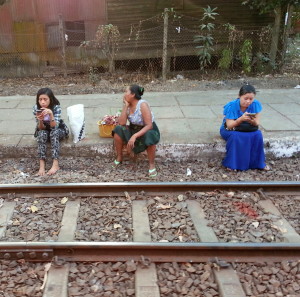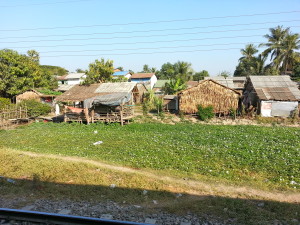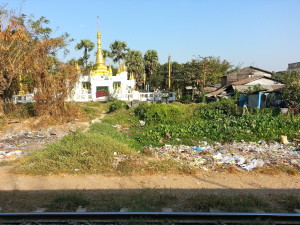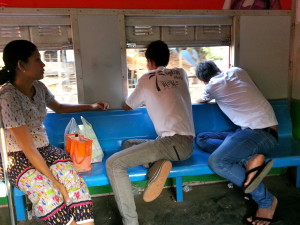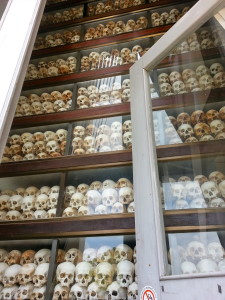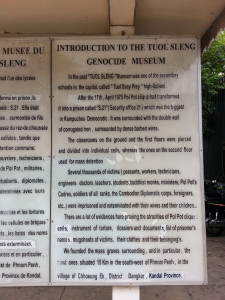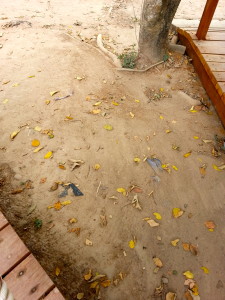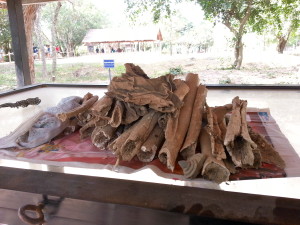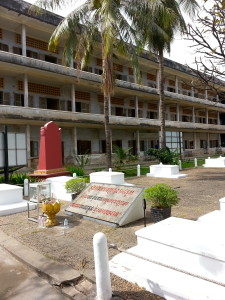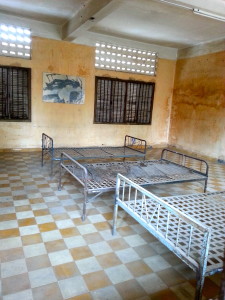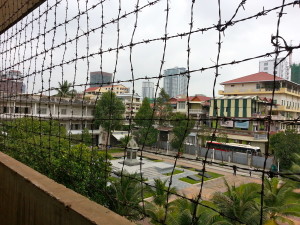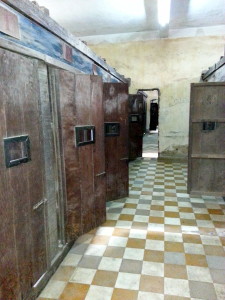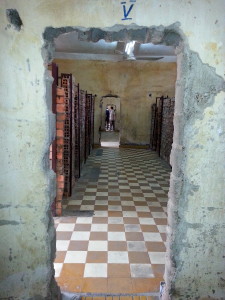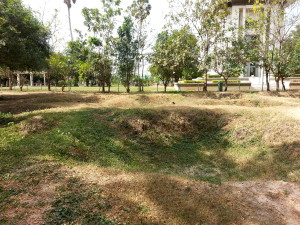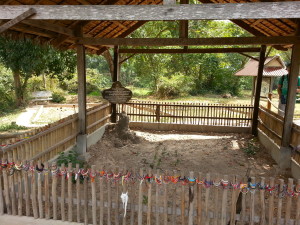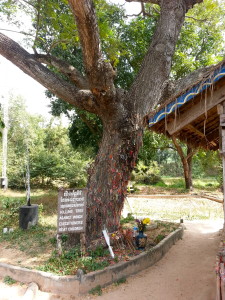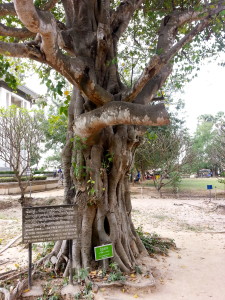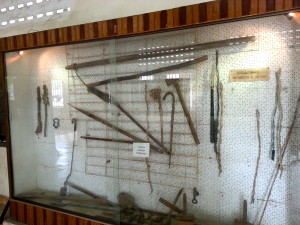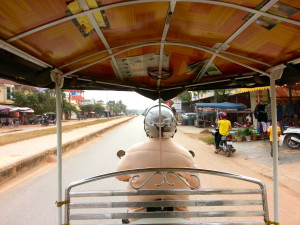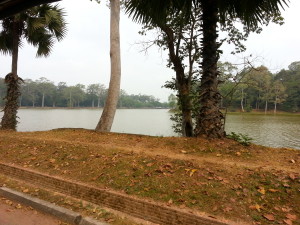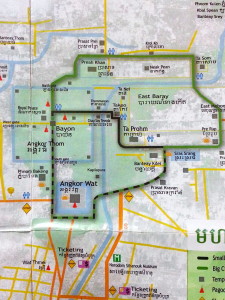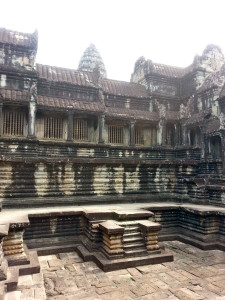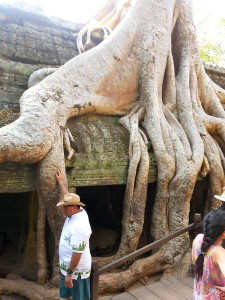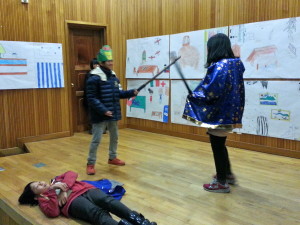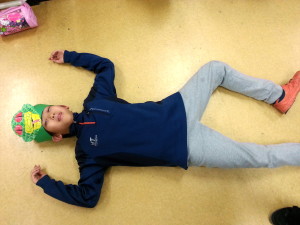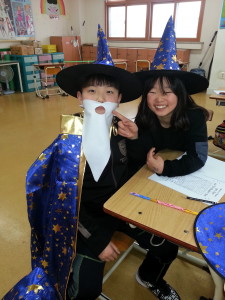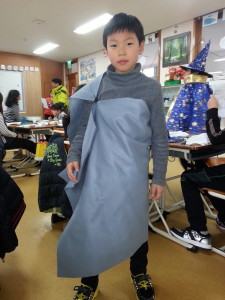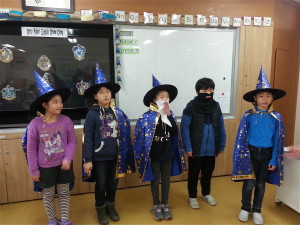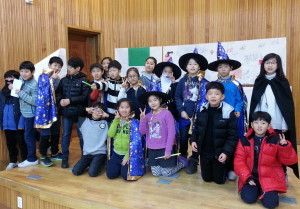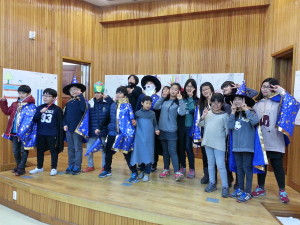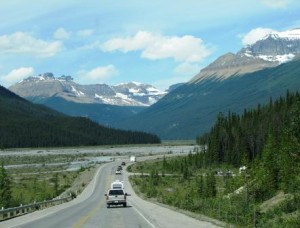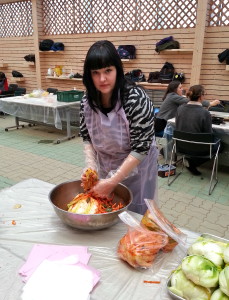While in New Orleans, my friend and I got wind of a tour company that delves into the dark side of the city, called Haunted History Tours. We signed up for an afternoon tour of St. Louis Cemetery Number 1 and later that night, another tour about French Quarter ghosts and legends. Both tours were awesome and well worth the $25 (USD) but I’m going to tell you about St. Louis Cemetery Number 1. New Orleans is unique when it comes to their dead. New Orleans’ cemeteries have been called the “cities of the dead,” a name given by travelers who said the above-ground tombs in the graveyards look like little cities for the dead from afar.
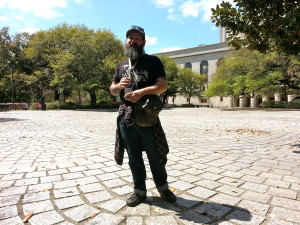
Our tour guide, Trevor.



Their cemeteries are designed with above-ground tombs and mausoleums due to heavy rains and a high water table in the region. If their loved ones were buried six feet under like other cemeteries, remains of the deceased would eventually float to street level in extreme weather. As a solution the people of New Orleans implemented above-ground tomb designs to help keep their loved ones where they were laid to rest.
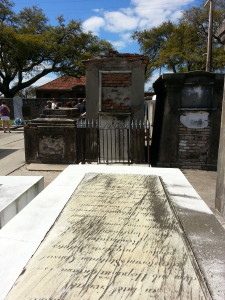




St. Luis Cemetery Number 1 is only accessible through a guided tour led by a certified cemetery guide. The reason you can’t go solo to St. Luis is due to past bad behaviour from visitors. Much of the vandalism happened around the assumed burial place of a renowned voodoo priestess. Her name was Marie Laveau and she was the spiritual mother of New Orleans in her time.

The tomb of Marie Laveau.

Somehow a legend got started after her death in 1881 that if one went to her tomb in search of a favour and got it, 3 x’s were to be written on her tomb in thanks. This has led to a growing number of defaced tombs: hers and the others nearby as well. Higher-ups in the church wanted to ban all visitors to St. Luis unless they could prove they had a relative buried inside. The tourist industry folks were against that so as a compromise, only guided tours allowed and guides pay an annual fee to the church that goes towards cemetery clean-up.
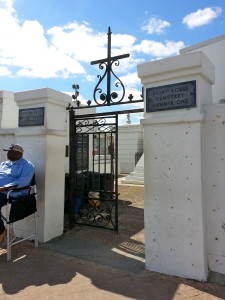
A guard makes sure no-one enters without a proper guide.
Behold, for we also saw the pre-paid tomb of actor Nicolas Cage. Apparently, he purchased this item while in the midst of filming National Treasure (2004).
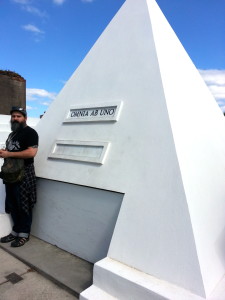
Nicolas Cage’s tomb.
I highly recommend getting a tour (or 2) with the Haunted History Tour company. It’s run by locals who are deeply passionate and well-versed in the history of their city and state. Both of my guides (Travis for the cemetery and Wendy for the ghosts and legends) were great story tellers and had the whole group engaged. To check out more about Haunted History Tours, click here.
To request a free copy of the New Orleans Official Visitors Guide magazine with coupons for this tour ($3 off) and others inside, click here.



